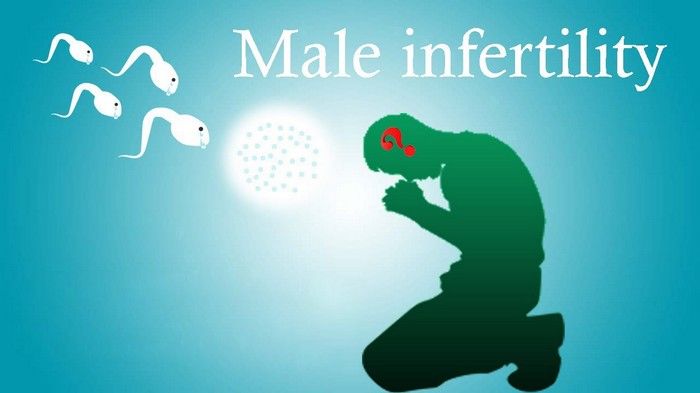When it comes to fertility, the quality of sperm plays a crucial role in achieving conception. While healthy sperm have specific characteristics that facilitate fertilization, infertile sperm may exhibit noticeable abnormalities. In this article, we’ll explore how infertile sperm look and what signs to watch for when assessing sperm health.
1. Abnormal Morphology:
Healthy sperm typically have well-defined structures, including an oval-shaped head, a long tail, and a streamlined body. However, infertile sperm may exhibit various morphological abnormalities, such as:
Misshapen heads:
Sperm with irregularly shaped heads may have difficulty penetrating the egg’s protective outer layer.
Double tails: Sperm with two tails or abnormal tail configurations may struggle to swim effectively.
Coiled tails:
Sperm tails that are bent or coiled may impair motility and hinder forward movement.
These structural defects can significantly impact sperm function and reduce the likelihood of successful fertilization.
2. Reduced Motility:
Sperm motility refers to their ability to swim forward in a coordinated manner, crucial for reaching and penetrating the egg. While healthy sperm demonstrate vigorous and progressive motility, infertile sperm may exhibit:
Sluggish movement:
Sperm that move slowly or sluggishly may struggle to navigate the female reproductive tract and reach the egg.
Non-progressive motility:
Some sperm may move erratically or in circles, failing to make forward progress toward the egg.
Immotility:
In severe cases, sperm may be immotile, unable to move at all, which greatly diminishes their chances of fertilizing an egg.
Reduced motility can be a significant barrier to successful conception and may indicate underlying fertility issues.
3. Low Sperm Count:
Sperm count refers to the concentration of sperm present in a given volume of semen. A healthy ejaculate typically contains millions of sperm per milliliter. However, infertile sperm may result in a low sperm count, known as oligospermia, which can reduce the likelihood of fertilization. Signs of low sperm count include:
Sparse sperm in the ejaculate: A low sperm count may result in a visibly reduced number of sperm cells in the semen sample.
Decreased semen volume:
Low sperm count may also contribute to a decrease in semen volume, affecting overall fertility potential.
Reduced chances of conception:
Individuals with low sperm count may face challenges in achieving pregnancy naturally and may require assisted reproductive techniques.
Low sperm count can stem from various factors, including hormonal imbalances, genetic abnormalities, or lifestyle factors such as smoking or excessive alcohol consumption.
4. Agglutination:
Imagine sperm clumping together like cars stuck in traffic, unable to move forward effectively. Agglutination occurs when sperm cells clump together due to immune reactions or other factors. This can impair sperm movement and prevent them from reaching the egg. When assessing sperm under a microscope, clumps of sperm stuck together may indicate agglutination and suggest potential fertility issues.
5. Presence of Abnormalities:
Think of sperm abnormalities as roadblocks on the path to fertilization. In addition to structural defects, infertile sperm may exhibit other abnormalities, such as bent or broken tails, swollen heads, or missing parts. These abnormalities can interfere with sperm function and reduce their ability to fertilize an egg. When evaluating sperm morphology, abnormalities beyond the norm may indicate infertility.
6. Poor Semen Quality:
Consider semen quality as the overall composition and characteristics of the ejaculate. Healthy semen is typically translucent or slightly whitish in color, with a gel-like consistency that liquefies within minutes of ejaculation. However, infertile sperm may result in semen with abnormal color, consistency, or odor. Changes in semen quality may suggest underlying issues affecting sperm health and fertility.
Conclusion:
In conclusion, identifying infertile sperm involves assessing various parameters, including morphology, motility, count, and overall semen quality. While healthy sperm exhibit typical characteristics conducive to fertilization, infertile sperm may display abnormalities that impair their function and reduce fertility potential. By understanding how infertile sperm look and recognizing signs of poor sperm health, individuals and couples can take proactive steps to address fertility challenges and explore treatment options. Just as a thorough inspection can uncover issues in machinery, a careful evaluation of sperm characteristics can provide insights into reproductive health and guide fertility decisions.
[inline_related_posts title=”You Might Be Interested In” title_align=”left” style=”list” number=”6″ align=”none” ids=”1692,1566″ by=”categories” orderby=”rand” order=”DESC” hide_thumb=”no” thumb_right=”no” views=”no” date=”yes” grid_columns=”2″ post_type=”” tax=””]






















